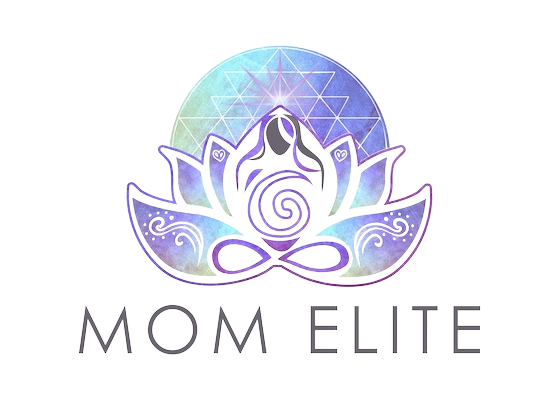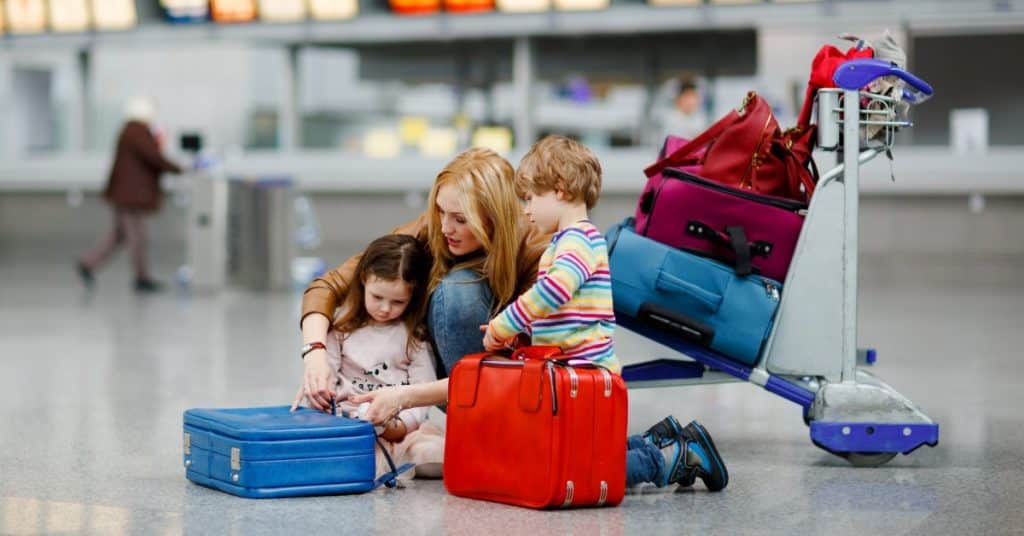Image source: Pixabay
Childhood development can be completed because it does depend on the child. As each child is unique, then each milestone will be unique too. However, understanding the different milestones for children at certain ages can help guide you on your parenting journey. If you are looking for more information, then the American Academy of Pediatrics has a great website.
Any milestones listed here or anywhere else are checklists for you to look out for. They vary from one child to the other, and they are based on an average. It represents the collection of data from a lot of children, and then an average is taken. Just because your child may not hit a milestone at the same time as another does not mean there is something wrong. If you are concerned, then contact your physician to talk things over. The milestones are to help you as a parent but also healthcare professionals and teachers to keep an eye on any issues that may need addressing.
An example of how different children can be, some children can walk as early as ten months of age, while others don’t walk until 15 months old. Similarly, these developmental milestones can also prevent any health issues.
An example might be that your child doesn’t turn around when their name is called. This could be because they are distracted, or it could be an issue with their hearing. The important thing is that milestones can help and ensure your child is healthy. If there was a hearing issue, this could be looked at. If the situation arose that your child did need a hearing device, then sorting this out now will help them in the long run. There are so many different hearing devices today due to technological advances as well as hearing aid accessories to help with the upkeep of devices.
Milestones can cover many different aspects of your child’s life and involve social, emotional, physical, cognitive, and communication skills. These cover expressing emotion, talking, walking, sharing with others, and recognizing familiar faces and sounds.
Physical milestones involve two different types of motor skills, fine motor skills and gross motor skills. The gross (or large) motor skills relate to sitting up, standing, crawling, and eventually walking. In comparison the fine motor skills relate to holding a pencil, using a spoon, picking up toys, or drawing shapes.
The next milestone relates to cognitive. This is your child’s ability to learn, to think, and to solve problems. If you smile at your child, then they would smile back; the facial expressions are a good indicator of cognitive milestones.
The next milestone is all about social and emotional. Your child will be able to understand their emotions and react to the emotion of others too. This is primarily related to how they interact with others and how they play with other children.
Communication milestone involves both verbal and nonverbal communication. This can be a great time when your child starts to say their first words. This is an important milestone and one that can help them as they grow to communicate with others and relay how they are feeling.
These are the milestones that children go through. As a parent, it’s important to remember that your child is unique, and these are a guide only. Children will reach these milestones at different times. However, if you have a concern, then speak to your health professional.
Getting any developmental delays sorted right away will help your child.


